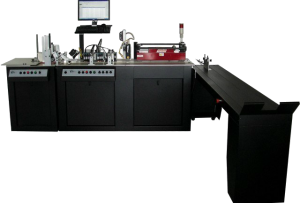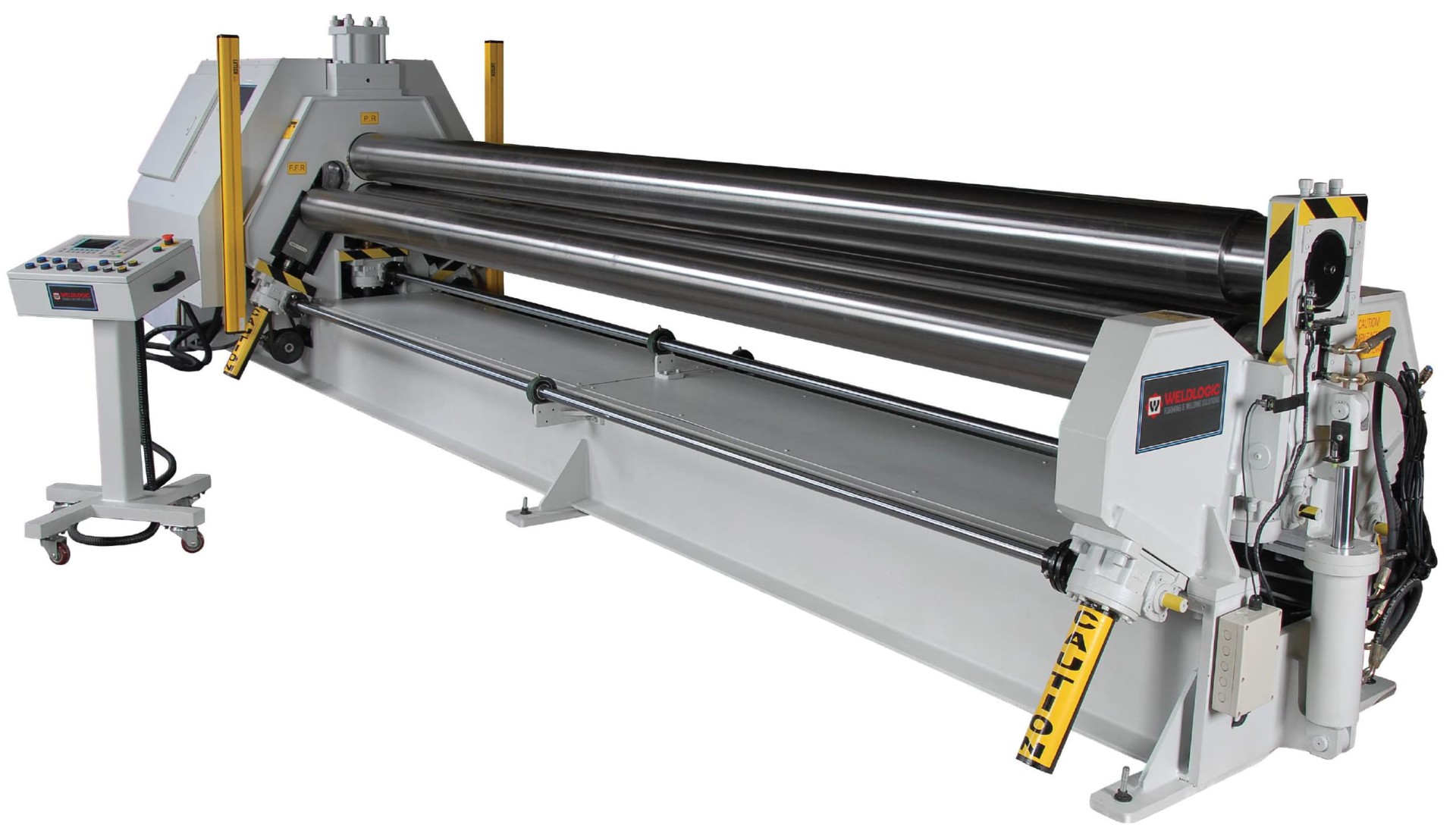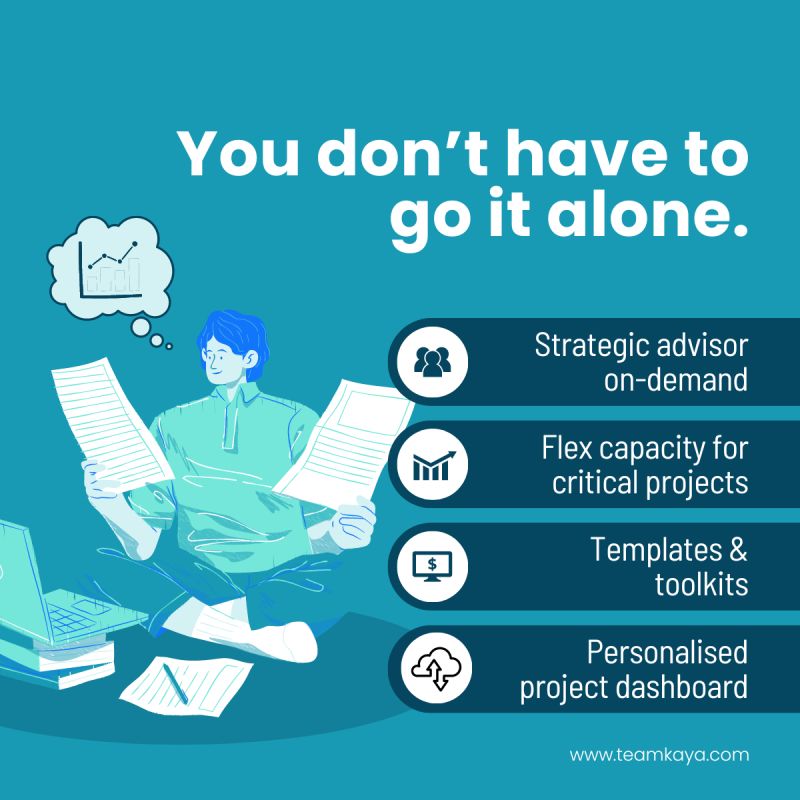Regular maintenance of your gutter system is essential to protect your home from water damage and ensure its longevity. While you may be tempted to tackle gutter cleaning on your own, hiring expert gutter cleaning services can provide numerous benefits. Here are five reasons why you should consider hiring professionals for your gutter cleaning service.
1. Safety
Working on ladders and rooftops to clean gutters can be dangerous, especially if you are not experienced or comfortable with heights. Professional gutter cleaners are trained to work safely at heights and have the necessary equipment to ensure their safety. By hiring experts, you can avoid the risk of accidents and injuries that may occur during DIY gutter cleaning.
Benefits:
- Prevent falls and injuries
- Ensure safe and secure cleaning process
- Avoid accidents related to working at heights
2. Proper Equipment and Technique
Gutter cleaning requires specific tools and equipment to remove debris effectively and efficiently. Professional gutter cleaners have the right tools, such as gutter vacuums, power washers, and hand tools, to clean gutters thoroughly. They also have the expertise to handle different types of gutter systems and use the appropriate techniques to ensure optimal results.
Benefits:
- Use of specialized tools for efficient cleaning
- Application of proper techniques for thorough cleaning
- Prevent damage to gutters and roofing
3. Save Time and Effort
Gutter cleaning can be a time-consuming and physically demanding task, especially if you have a large or multi-story home. Hiring professional gutter cleaning services can save you time and effort by having experienced professionals handle the job quickly and efficiently. This allows you to focus on other priorities while ensuring that your gutters are properly cleaned and maintained.
Benefits:
- Save time on cleaning and maintenance tasks
- Avoid physical strain and fatigue
- Get the job done quickly and efficiently
4. Prevent Water Damage
Clogged gutters can lead to water overflow, which can cause damage to your roof, walls, foundation, and landscaping. By hiring expert gutter cleaning services, you can prevent water damage by ensuring that your gutters are free from debris and obstruction. Properly maintained gutters can effectively channel water away from your home, reducing the risk of leaks, flooding, and structural damage.
Benefits:
- Protect your home from water damage
- Prevent leaks and flooding
- Preserve the integrity of your home's structure
5. Extend the Lifespan of Your Gutters
Regular maintenance and cleaning can extend the lifespan of your gutter system, saving you money on costly repairs or replacements. Professional gutter cleaners can identify potential issues early on, such as leaks, rust, or damage, and address them before they escalate. By investing in expert gutter cleaning services, you can prolong the life of your gutters and ensure that they continue to function effectively for years to come.
Benefits:
- Prevent costly repairs or replacements
- Identify and address issues early on
- Maximize the lifespan of your gutter system
Overall, hiring expert gutter cleaning services can provide you with peace of mind knowing that your gutters are in good hands. By entrusting professionals to clean and maintain your gutter system, you can enjoy a well-protected home and avoid the risks and hassles associated with DIY gutter cleaning.









